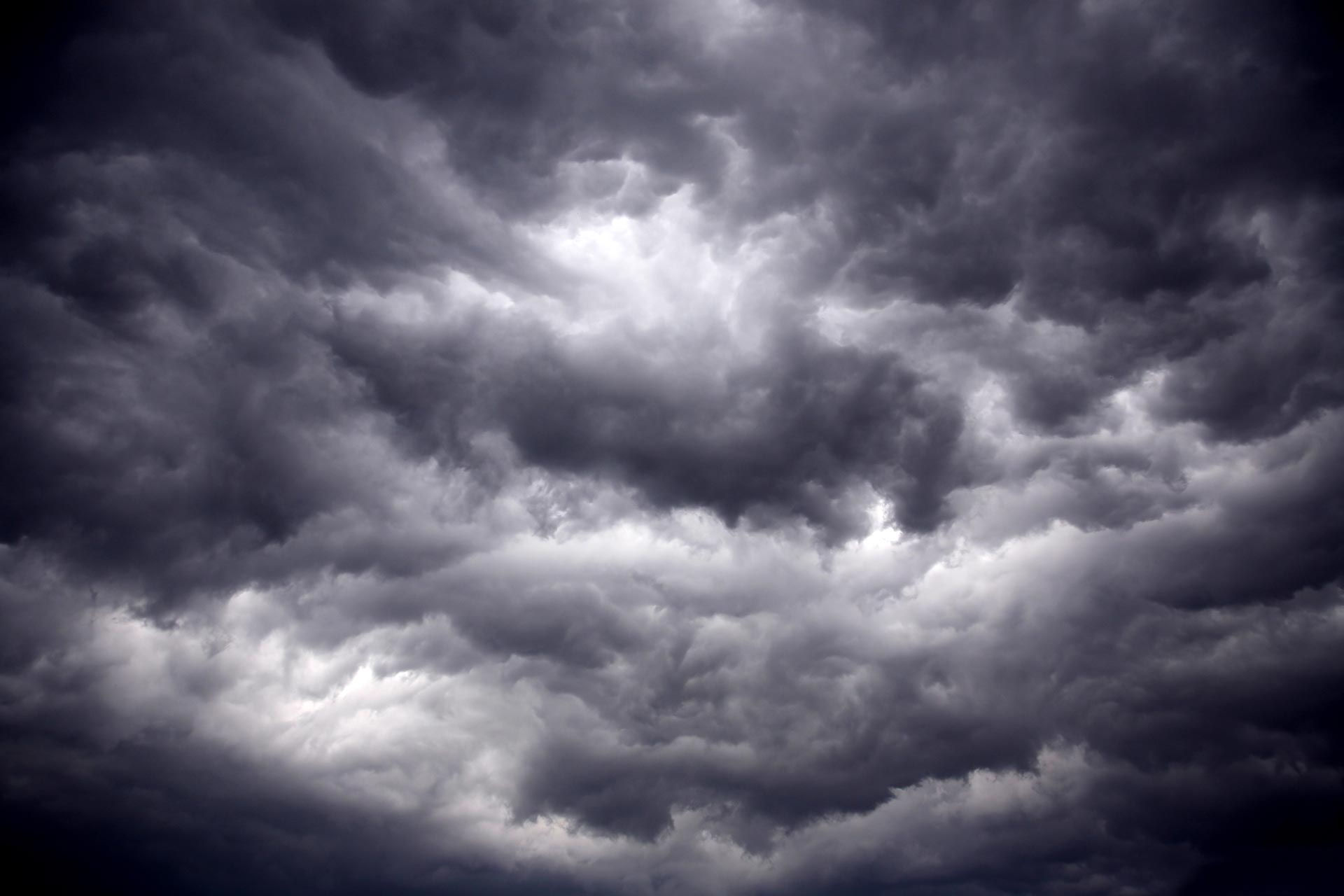TAKING A DEEP DIVE...
INCHING TOWARDS MY SUPPORT GOAL

MY FUND RAISER CONTINUES....
Many of you are daily visitors and make financial or personal decisions based on the information presented. The majority of you appreciate the honesty, accuracy, and knowledge that you gain. If you fall into any of those categories, I ask that you make a $20 dollar investment in what I feel is a unique and reliable product. I'm still about $2,600 from my goal. The future is in your hands, and I hugely appreciate the generosity of those who have contributed. If you find value in the site and see the effort that's put into it, please consider a minimal donation. T. Swails
A BITTER WEEK AHEAD...
From the standpoint of storminess, the week ahead looks relatively quiet. However, that does not mean it won't be consequential thanks to a surge of Arctic air. Headlines for impactful cold are in effect or likely will be issued through Thursday morning. We are set to take a deep dive.

WEATHER HEADLINES EXPECTED THROUGH MID-WEEK...
Here's a rundown of what is anticipated:
● Dangerous wind chills of 20 to 30 below zero tonight into Monday morning for areas along and north of I-80
● The most dangerous wind chills (25 to 35 below zero) are expected to occur Monday night into Tuesday AM; an extreme cold watch has been issued for the entire area
● Additional cold headlines are expected Tuesday night through Thursday morning
The worst of the cold is still over the upper Plains and Midwest, moving south. The core of the cold is directly overhead Monday night and Tuesday. At that time, the EURO shows Tuesday morning lows that are well below zero. Due to deep fresh snow cover in the west and north of 5–10 inches, some typically colder locations could reach lows of 15 to 20 below. The limiting factor will be winds that remain strong enough to limit full-on radiational cooling.

Unfortunately, the winds create wind chills substantially colder than the actual temperatures. These are some of the wind chills the EURO indicates Tuesday morning.

Here are the associated temperature departures. Ouch....

BETTER DAYS ARE HERE AGAIN THIS WEEKEND.
Now for some positive news. The 500mb height pattern that is delivering this week's cold is shown transitioning to more of a zonal flow. That limits the intrusion of Arctic air and eventually allows Pacific air to mix in and dominate our air masses. Note the difference.
Today at 500mb

The 500mb flow Monday the 24th. That's quite a change.

All of these teleconnections, which were in favorable negative phases to bring cold, are shown below reverting to positive phases that block that potential.
The AO

THE EPO

THE NAO

THE PNA

What's interesting is that the MJO, another key teleconnection is shown cycling through phases 8, 1, and 2 through early March. Those are known to be cold phases at this time of year.

Yet, when you look at the meteograms of both the GFS and EURO, they are far from cold after this week.
The GFS

The EURO

It appears as if the combined effects of the positive AO, EPO, NAO, AND PNA are enough to off-set and even overwhelm the MJO. It will be interesting to see how long that holds, as the MJO temperature analogs are cold into early March.
I also noticed that on its meteogram, the GFS is not as mild as the EURO, and that may be due to the impacts of snow cover. Until that melts, it could be a struggle to get into the 50s. Whatever the result, we certainly have something mild to look forward to after what ends up being a tough two weeks of winter.
Roll weather, and if you can spare a donation, I will see to it that it's money well spent....TS











Comments